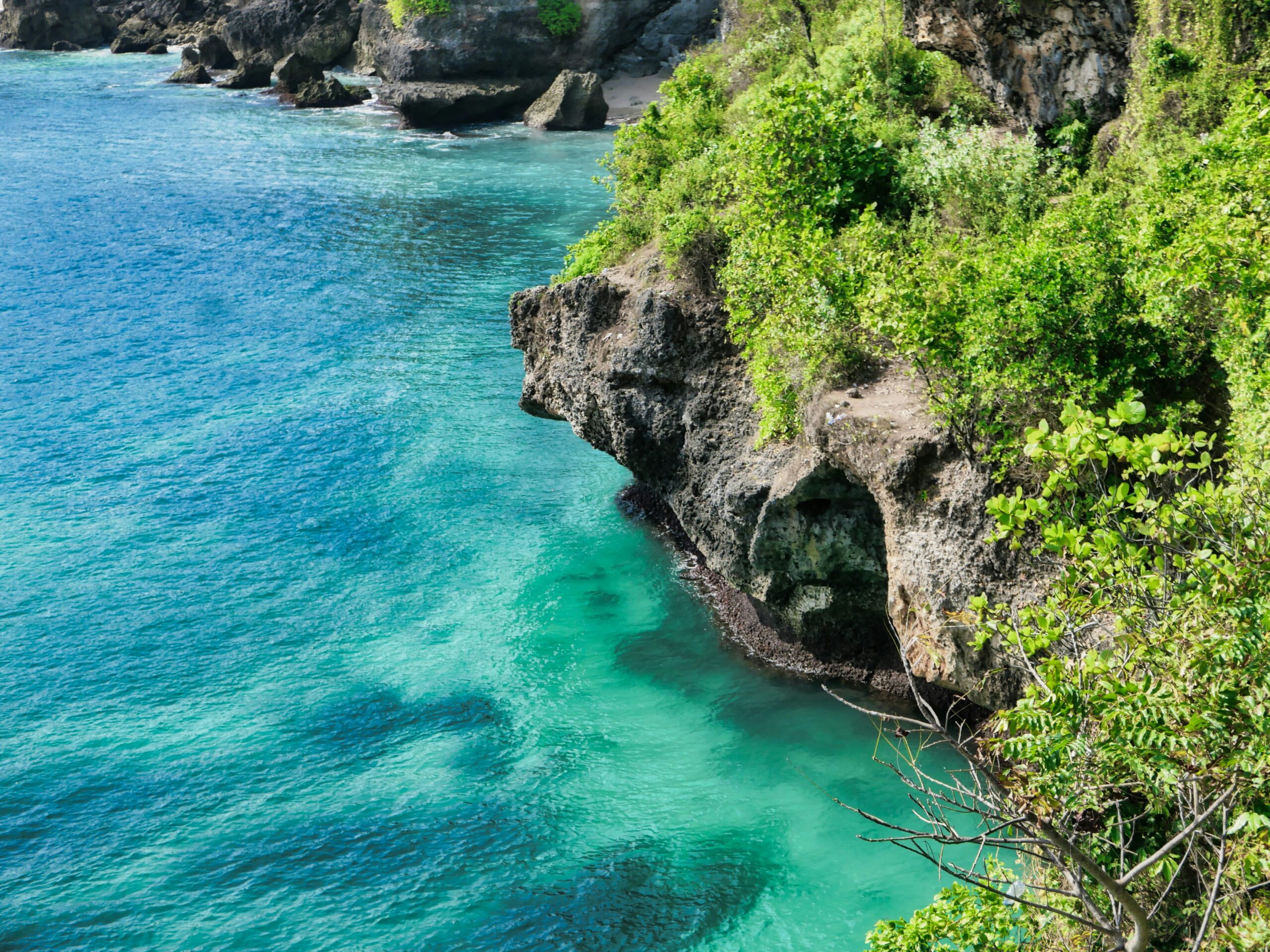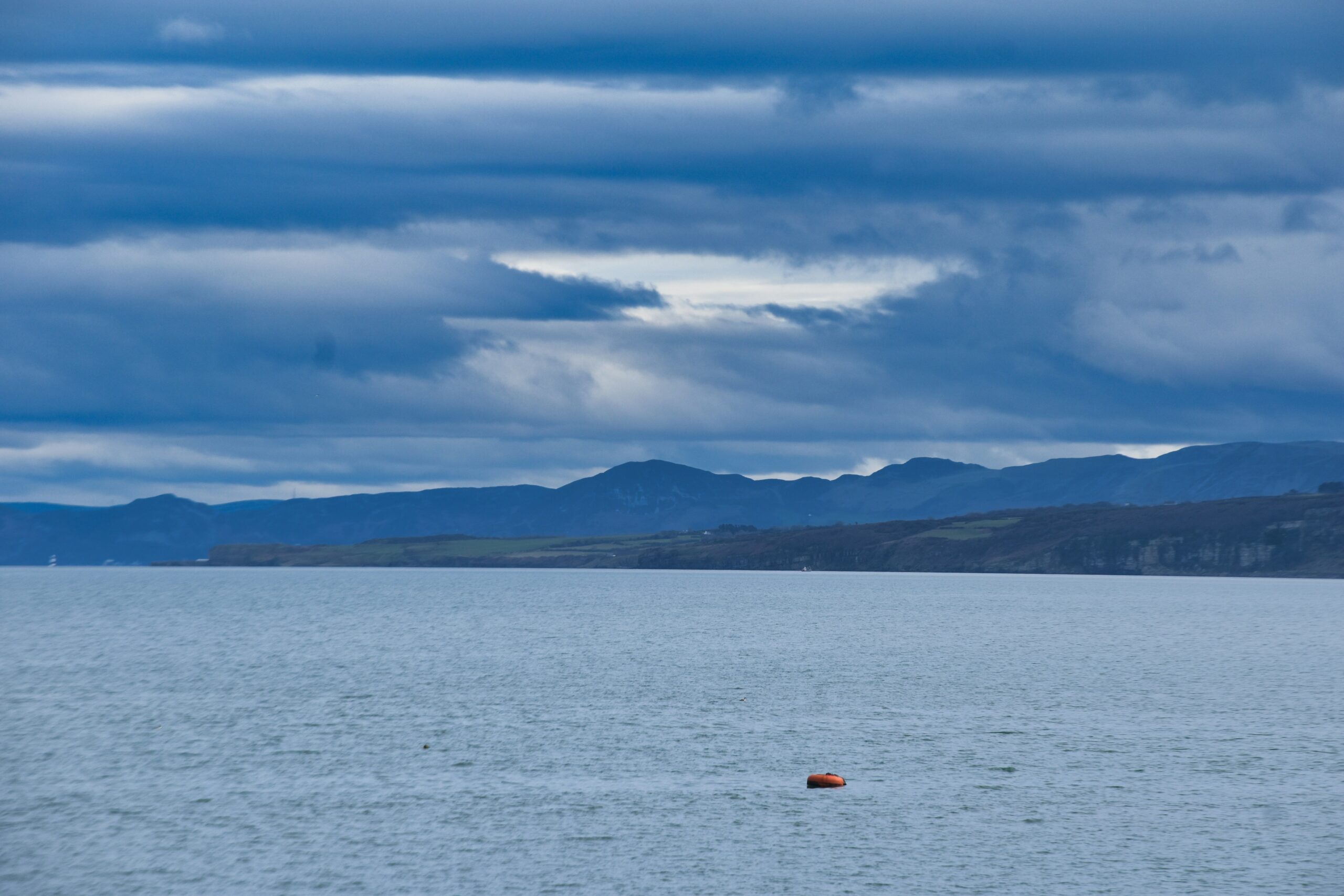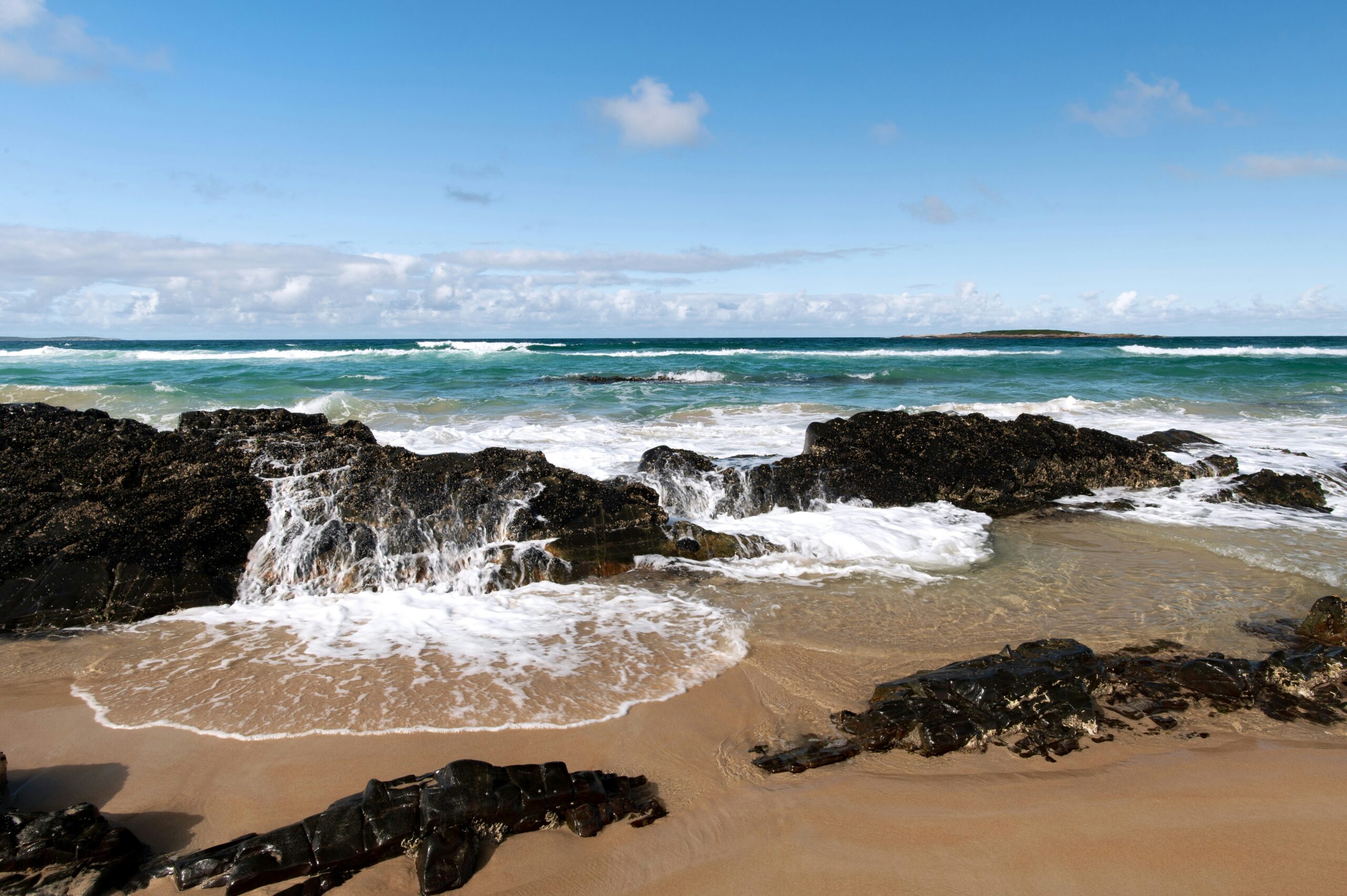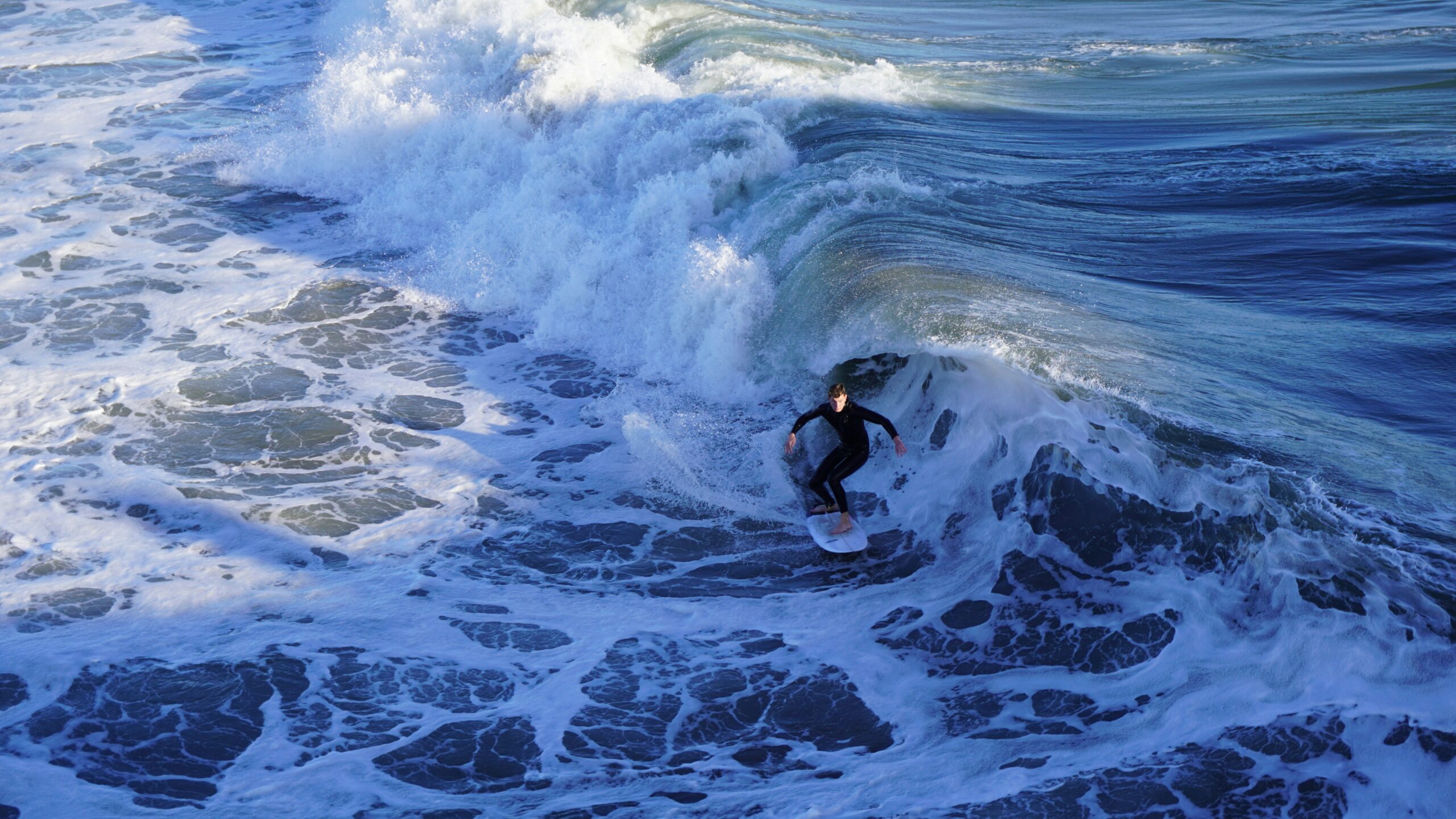Tidal waves have captured the human imagination for centuries, often depicted in literature and film as massive walls of water that sweep away everything in their path. But what exactly is a tidal wave, and how does it differ from other ocean phenomena? In this article, we will delve into the science behind tidal waves, dispelling common myths and shedding light on their true nature.
Defining Tidal Waves
The term “tidal wave” is often used interchangeably with “tsunami,” but they are not the same thing. A tidal wave is traditionally associated with the tides caused by the gravitational pull of the moon and the sun on the Earth’s oceans. However, the term has been widely misused to describe tsunamis, which are large ocean waves caused by seismic activity, such as underwater earthquakes.
The Common Misconception Between Tidal Waves and Tsunamis
The confusion between tidal waves and tsunamis is understandable given the dramatic and destructive nature of both. However, it’s important to clarify that a true tidal wave is related to tidal forces, while a tsunami is a result of seismic events. Understanding this distinction is key to comprehending the science behind these powerful waves.
The Science of Tidal Waves
What Causes Tidal Waves?
True tidal waves are caused by the gravitational forces exerted by the moon and the sun on the Earth’s oceans. These forces cause the water to bulge, creating high and low tides. In contrast, what many people refer to as tidal waves (tsunamis) are caused by sudden, powerful movements in the Earth’s crust, such as earthquakes, volcanic eruptions, or underwater landslides.
How Tidal Waves Differ from Regular Ocean Waves
Regular ocean waves are primarily generated by wind blowing across the surface of the water. These waves are much smaller in scale compared to tidal waves or tsunamis. Tidal waves, on the other hand, involve the movement of vast amounts of water due to gravitational forces or seismic activity, resulting in waves that can be much larger and more powerful.

The Role of Underwater Earthquakes
Underwater earthquakes are the most common cause of tsunamis, which are often mistakenly called tidal waves. When an underwater earthquake occurs, it displaces a large volume of water, creating a series of waves that can travel across entire ocean basins. These waves grow in height as they approach shallow coastal waters, leading to the devastating surges we associate with tsunamis.
Formation and Characteristics of Tidal Waves
The Initial Disturbance
The formation of a tidal wave (tsunami) begins with a disturbance on the ocean floor, usually an earthquake. The energy from the earthquake is transferred to the water, displacing it and creating a series of waves that radiate outward from the epicenter.
Wave Propagation Across the Ocean
Once a tidal wave is generated, it travels across the ocean at high speeds, often exceeding 500 miles per hour. Despite their speed, these waves can pass unnoticed in deep water because their height is usually less than a few feet. It’s only when they reach shallower coastal areas that they become dangerous.
Wave Amplification Near the Coast
As the tidal wave approaches the shore, the shallow water causes the wave to slow down and increase in height, sometimes reaching over 100 feet. This phenomenon, known as wave shoaling, is what makes tsunamis so destructive when they reach land.
The Impact on Coastal Areas
When a tidal wave strikes the coast, it can cause immense damage due to the force of the water and the sheer volume of water involved. The wave can inundate coastal areas, destroying buildings, infrastructure, and natural habitats. The aftermath of such an event can lead to long-term environmental and economic challenges.
Tidal Waves vs. Tsunamis
Understanding the Differences
While the terms “tidal wave” and “tsunami” are often used interchangeably, they refer to different phenomena. A true tidal wave is related to the natural rise and fall of ocean tides, while a tsunami is caused by seismic activity. This distinction is important for scientific accuracy and for understanding the specific risks associated with each type of wave.
Historical Misuse of the Term “Tidal Wave”
Historically, the term “tidal wave” has been used to describe large ocean waves of any origin, leading to confusion. Over time, scientists and educators have worked to correct this misuse, promoting the more accurate term “tsunami” for waves caused by seismic events.
Modern Terminology and Clarity
Today, the term “tsunami” is widely accepted and used to describe the large, destructive waves caused by underwater earthquakes and other seismic activities. The term “tidal wave” is now reserved for waves caused by tidal forces, helping to avoid confusion and improve public understanding of these phenomena.
Impact of Tidal Waves
Environmental Impact
Tidal waves (tsunamis) can have a profound impact on the environment. They can cause coastal erosion, destroy natural habitats, and introduce large amounts of saltwater into freshwater ecosystems, which can be detrimental to plant and animal life. The long-term environmental effects can be severe, requiring years of recovery.
Human and Economic Consequences
The human toll of tidal waves can be catastrophic. In addition to the loss of life, communities can be displaced, and infrastructure can be severely damaged. The economic impact is often significant, with costs related to rebuilding and recovery running into billions of dollars. Tourism, fishing, and agriculture are particularly vulnerable sectors in affected areas.
Case Studies of Major Tidal Waves
Notable examples of devastating tidal waves include the 2004 Indian Ocean tsunami and the 2011 Tohoku tsunami in Japan. Both events resulted in massive loss of life and widespread destruction. These case studies highlight the importance of understanding and preparing for such natural disasters.
Predicting and Preparing for Tidal Waves
Early Warning Systems
Early warning systems play a crucial role in mitigating the impact of tidal waves. These systems use seismic data, ocean buoys, and satellite technology to detect and monitor potential tsunamis. When a threat is detected, warnings can be issued to coastal communities, giving them time to evacuate and prepare.
Evacuation Plans and Safety Measures
Effective evacuation plans and safety measures are essential for minimizing the human toll of tidal waves. Coastal communities must be educated on how to respond to warnings, including knowing the safest routes to higher ground. Regular drills and public awareness campaigns can help ensure that people are prepared in the event of a tsunami.

The Importance of Public Awareness
Public awareness is key to reducing the impact of tidal waves. Understanding the science behind these waves, recognizing the signs of an impending tsunami, and knowing how to respond can save lives. Education and outreach efforts are critical components of any disaster preparedness strategy.
Conclusion
Tidal waves, while often misunderstood, are a fascinating and complex natural phenomenon. Whether caused by tidal forces or seismic activity, these waves have the power to reshape coastlines and affect millions of lives. By understanding the science behind tidal waves and taking appropriate precautions, we can better prepare for and mitigate the risks associated with these powerful forces of nature.
FAQs
What is the main difference between a tidal wave and a tsunami?
A tidal wave is caused by tidal forces due to the gravitational pull of the moon and the sun, while a tsunami is caused by seismic activity, such as underwater earthquakes.
Can tidal waves be predicted?
Tidal waves caused by tides can be predicted, as they follow a regular cycle. Tsunamis, however, are more challenging to predict because they are triggered by sudden seismic events.
How do tidal waves affect marine life?
Tidal waves can disrupt marine life by altering habitats, causing physical harm, and introducing pollutants into the ocean. Tsunamis, in particular, can have devastating effects on coastal and marine ecosystems.
Are tidal waves becoming more frequent?
There is no evidence to suggest that tidal waves (either due to tides or tsunamis) are becoming more frequent. However, the impact of these events may be increasing due to factors like rising sea levels and coastal development.
What should you do if you are near the coast during a tidal wave warning?
If you are near the coast during a tsunami warning, you should immediately move to higher ground and follow the instructions of local authorities. Do not wait to see the wave, as tsunamis can strike quickly and with little warning.




